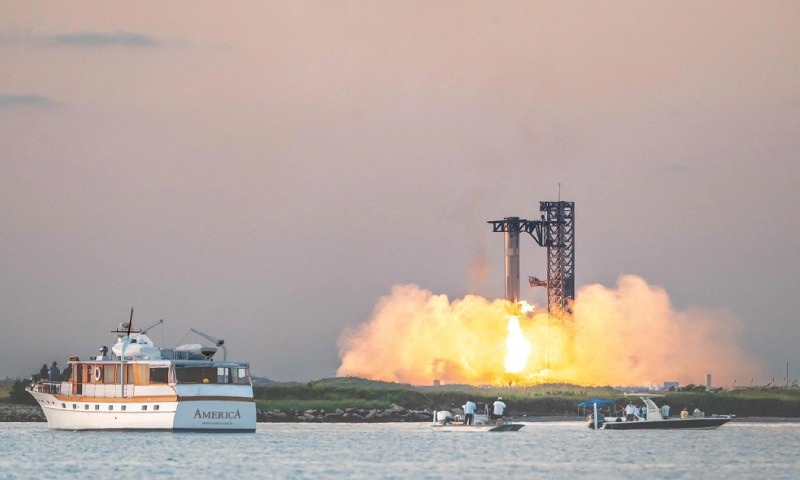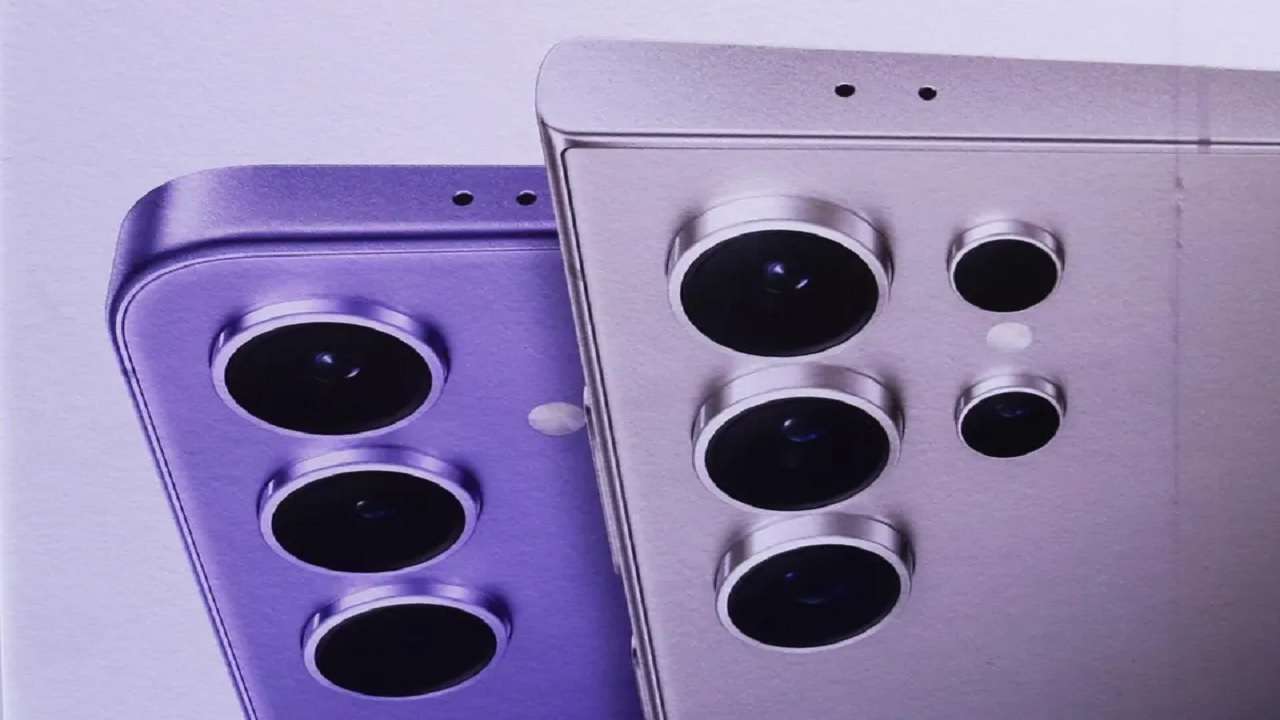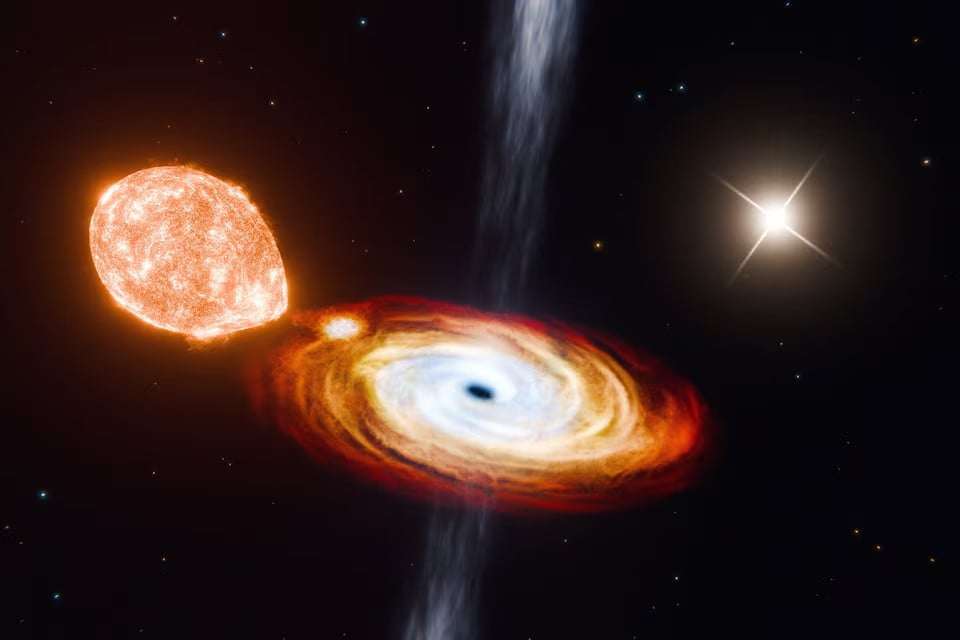BOCA CHICA: In a groundbreaking feat, SpaceX successfully “caught” the first-stage booster of its Starship megarocket on Sunday as it returned to the launch pad after a test flight. This marks a world first in the company’s quest for rapid reusability.
The “super heavy booster” launched attached to the Starship rocket and executed a flawless controlled return to the same pad in Texas. A pair of huge mechanical “chopsticks” from the launch tower reached out to halt the slowly descending booster, as shown in a livestream from Elon Musk’s SpaceX company.
“Folks, this is a day for the engineering history books,” a SpaceX spokesperson declared during the livestream, as the booster safely settled into the tower’s grasp, prompting cheers from the company staff.
“The tower has caught the rocket!!” SpaceX founder Elon Musk posted on X (formerly Twitter).
Liftoff occurred at 7:25 AM (1225 GMT) under clear skies. While the booster returned to the launch pad, the upper stage of Starship was slated to splash down in the Indian Ocean within the hour.
During its last flight in June, SpaceX achieved its first successful splashdown with Starship, a prototype spaceship that Musk envisions for future human missions to Mars. NASA is also eagerly awaiting a modified version of Starship to serve as a lander vehicle for crewed Moon missions under the Artemis program later this decade.
SpaceX noted that its engineers had “spent years preparing and months testing for the booster catch attempt.” If conditions had been unfavorable, the booster would have been redirected for a splashdown in the Gulf of Mexico, as in previous tests. Instead, receiving the green light, the returning booster decelerated from supersonic speeds, and the powerful “chopstick arms” embraced it.
‘Fail Fast, Learn Fast’
The large mechanical arms, dubbed “Mechazilla” by Musk, have generated significant excitement among space enthusiasts.
Starship stands 397 feet tall with both stages combined, about 90 feet taller than the Statue of Liberty. Its Super Heavy booster, measuring 233 feet tall, generates 16.7 million pounds (74.3 Meganewtons) of thrust, roughly twice as powerful as the Saturn V rockets used during the Apollo missions.
SpaceX’s “fail fast, learn fast” strategy of rapid iterative testing, even when rockets explode spectacularly, has ultimately accelerated development and contributed to the company’s success.



